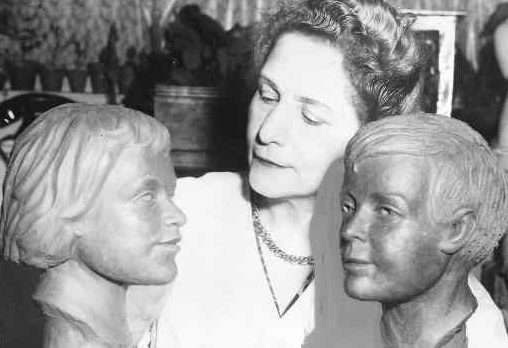aThousandYearsWide
Well-Known Member
- Joined
- May 13, 2015
- Messages
- 2,544
- Reaction score
- 4,463
.<rsbm>
If we take the earliest date of the shoes being 1944, and the boys were aged 6 to 10, they would have been born approx. 1934 to 1938.
I wonder if Mission police records were checked for the names of any prostitutes.
Whether she had a job as a prostitute or otherwise, somebody had to be looking after the kids while mom was out working.
Was pondering the idea that the killer of these two boys was either a single mom, or separated. If separated though, you would think a husband or an ex would have come forward. If the mom was from another province however, family may have just thought she went to Vancouver and they never heard from her again. Then I came across this info about women from other provinces and war-time employment in Vancouver:
http://webcache.googleusercontent.c...tory.ca/story2.html+&cd=1&hl=en&ct=clnk&gl=ca
There was no welfare in those days, so a mom had to either have family to support, or a job. Am thinking that the mom may have lost her job (and then her mind) and felt she could not care for her sons. Other co-workers and any child caregivers may have been told, or just assumed, that she had returned to the prairies.
You make some great points, there has to have been someone else in the picture regardless if she worked or not. Her children did have 2 different fathers, so she could have been married twice, and possibly left her second marriage, traveled to Vancouver, then found herself unable to care for her children. Or maybe she was widowed because of the war? That would make sense to why a father never came forward.
I highly agree that the mother was probably from another province, and her family just assumed she lost touch with them. My mother's birth father, the last time he saw his children was in 1963, and my grandmother moved away not too long after that. Sometimes this happens if it was a bad enough situation.
I believe this was a mercy killing, if she was a single mother who just lost her war-time job, what options would she have had in those times? It was definitely a premeditated decision. The murder weapon was a hatchet, and I doubt there was one just laying around Stanley Park. I see a scenario of someone who was really bad off, and didn't want her children to starve to death, and she didn't have enough money to travel back home to get help from family. So she brings her children to Stanley Park for one last good time together, likely a picnic because of the lunchbox found at the scene.
One question I do have is if someone else was present during the murders; I wonder this because she might have had to kill them one at a time, and the other one would probably have run away in terror. The bodies were found together, so was there evidence they were dragged? The main reason I believe this was a mercy killing is that the mother placed her coat over her children, which is a sign of remorse when a killer covers the face of the victims.
I saw somewhere the suggestion of checking suicides around the time of the murders, a murder-suicide is definitely a possibility. a woman who just murdered her kids, has no coat, one shoe, and no money has very little options. Someone would definitely notice her wandering around (the 1944 witness account fits this). The first babes in the woods case was in 1934 in Pennsylvania. In this case, it was a murder-suicide when the father realized he couldn't care for his family and didn't want to watch his children to starve.
http://www.pennlive.com/midstate/index.ssf/2014/11/babes_in_the_woods_discovered.html
Both Babes cases have notable similarities. Both found in a park (Pine Grove Forrest Park in the 1934 case), both were murdered by a parent, both cases were half-siblings, and the time periods are close. A few things to mention about the 1934 babes in the woods case, the family wasn't in anyway close to home when they were found. They were from Roseville, California, which is 39 hours away from where the girls were found in Pennsylvania. Also, the father was known to have been a devoted father to his 3 girls, so the mother in the Stanley Park case could have very well been a devoted mother prior to hitting hard times.





